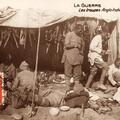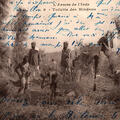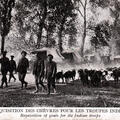Lord Sinha British Indian Delegate
Satyendra Prasanna Sinha, 1st Baron Sinha (24 March 1863 – 4 March 1928), was a prominent British Indian lawyer and statesman who achieved several notable firsts, including being the first Indian to become Advocate-General of Bengal (1905), first

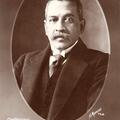
![Guerre 1914 - Hindu Fumant La Pipe [Indian Smoking a Hookah] Guerre 1914 - Hindu Fumant La Pipe [Indian Smoking a Hookah]](https://www.paperjewels.org/sites/default/files/styles/square_thumbnail/public/slides/guerre-1914-hindu-fumant-la-pipe.jpg?itok=kwDQFF8z)
![Armee Anglo-Indienne – Type de soldat Indien [British Indian Army - Indian Soldier] Armee Anglo-Indienne – Type de soldat Indien [British Indian Army - Indian Soldier]](https://www.paperjewels.org/sites/default/files/styles/square_thumbnail/public/slides/armee-anglo-indienne-seated-soldier.jpg?itok=qs0W3abw)
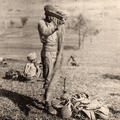
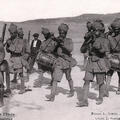
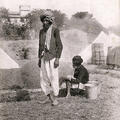
![Mon Brave Hindou [My Brave Indian] Mon Brave Hindou [My Brave Indian]](https://www.paperjewels.org/sites/default/files/styles/square_thumbnail/public/slides/mon-brave-hindou-2.jpg?itok=nR-XO2aQ)
